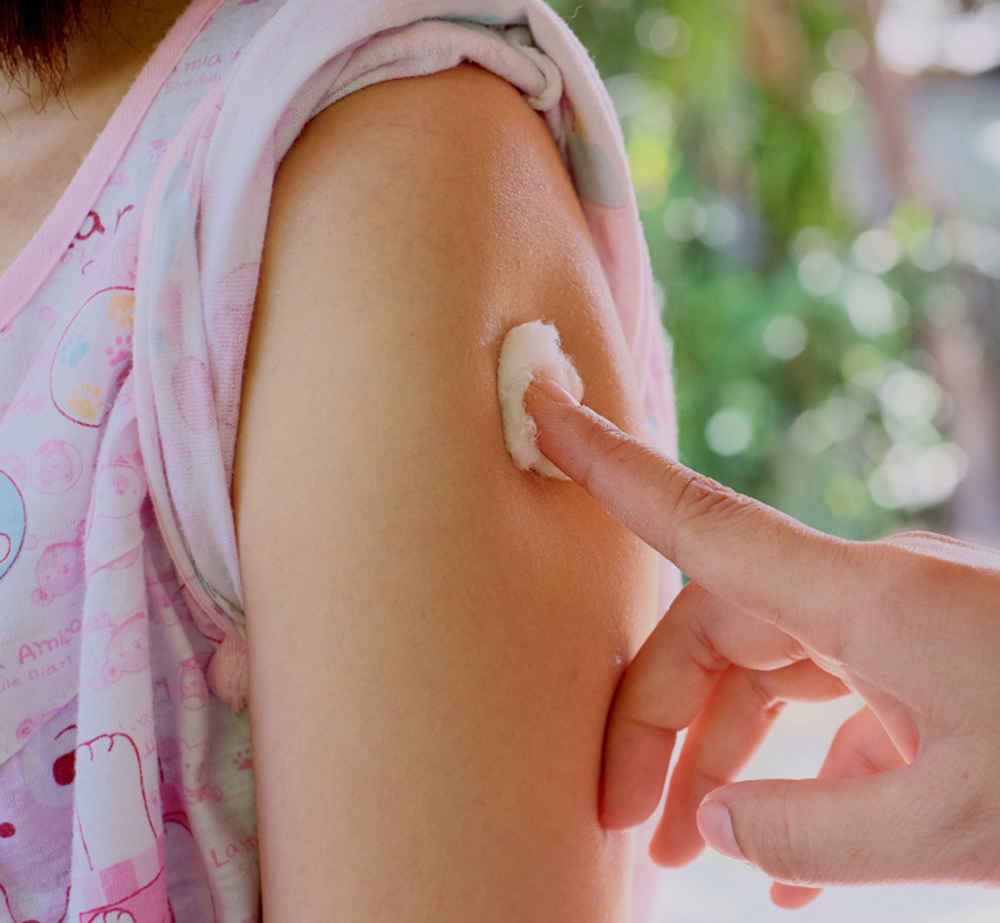410-721-2273
Sun Safety
Why is too much sun dangerous?
The sun is important source of Vitamin D but too much exposure can bring permanent damage to skin through its ultraviolet (UV) rays. Many people, especially children with more delicate skin, can be burned in as little as 15 minutes. Our skin absorbs two types of UV rays from the sun: UVA (long-wave) and UVB (shortwave). Both play a main role in premature skin aging, eye damage (including cataracts), skin cancers, and immune suppression.
UVA rays make up about 95 percent of the sun’s UV radiation and although they are less intense than UVB, UVA rays are 30 to 50 times more prevalent. They are present year round during daylight hours, and can penetrate clouds and glass. UVA rays enter the skin more deeply than UVB rays, and contribute to and possibly cause skin cancers. A tan, either from a tanning booth or outdoors, results from injury to the skin’s DNA caused by UVA rays. The skin darkens in an attempt to prevent further DNA damage, which are mutations that can lead to skin cancer.
UVB rays are present in varying intensity throughout the year, but the most significant amount hits the U.S. between 10am and 4pm from April to October. These rays are the main cause of sunburn, and tend to damage the skin’s outer layers. UVB rays play a key role in the development of skin cancer and a contributory role in tanning and photoaging. These rays do not significantly penetrate glass.
Unprotected skin can be damaged by the sun’s UV rays in as little as 15 minutes but can take up to 12 hours to show the full effect of exposure. If your child’s skin looks slightly pink one day, it may be burned the next. If you see pink skin, get your child out of the sun to prevent further burning.
Some people like to get a "base tan" to prevent burning. However, tanned skin is damaged skin. Any change in the color of your child’s skin after time outside—whether sunburn or suntan—indicates damage from UV rays. You and your children also need protection on cloudy days because UV rays, not the temperature or amount of sunshine, do the long-lasting damage. Clouds do not block UV rays, they only minimally filter them.
How can I protect myself and my children from sun exposure?
Help prevent serious skin damage—and possibly skin cancer—by following these sun-safety tips:
- Enjoy the shade, especially between 10am and 4pm when the sun is strongest, by staying under a tree, an umbrella or pop-up tent.
- Keep very young children (6 months or less) out of the sun.
- Wear long-sleeved shirts that are dark with tightly woven fabric and look for clothing that has sun protection built in.
- Wet t-shirts offer much less UV protection than dry ones.
- Wear a hat that covers the ears and neck, and sunglasses that block both UVA and UVB rays (most sunglasses, regardless of cost, sold in the U.S. meet this standard).
- Never use sun tanning beds.
- Sunscreens need to be applied liberally and evenly over all exposed areas.
- Apply a sunscreen with a SPF of 30 or higher with broad spectrum (UVA and UVB) protection whenever you or your children are outdoors, and pay attention to the ears, neck, nose, lips and tops of feet.
- Reapply sunscreen every two hours and after swimming, perspiring and toweling off.
- Use sunscreen even on cloudy days and remember that UV rays bounce off sand, snow, concrete, and water.
- For people with thin or thinning hair, apply sunscreen to the scalp as well.
- Replace sunscreen after three years or more often if it has been exposed to high temperatures and shows an earlier expiration date.
Call 911
You May Also Like
Popular Resources | Make an Appointment • Locations • Refill Prescriptions





